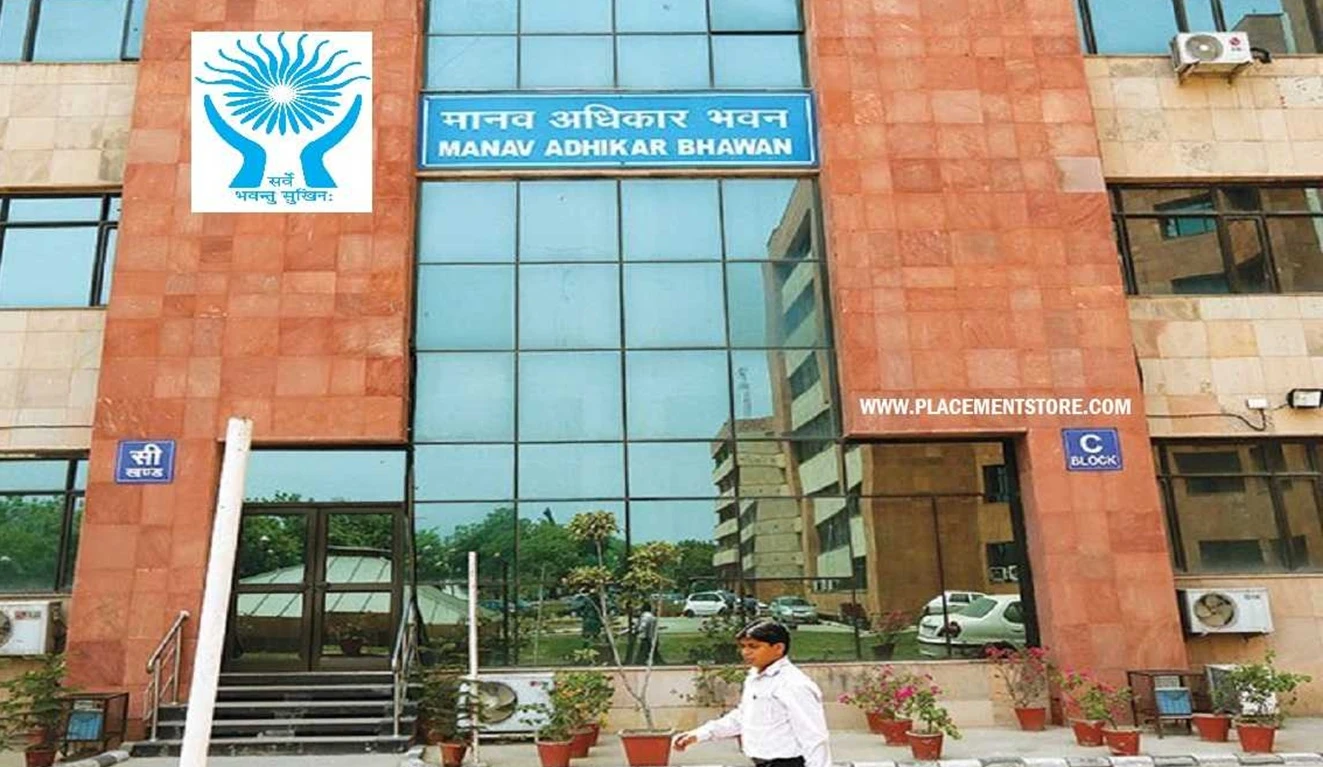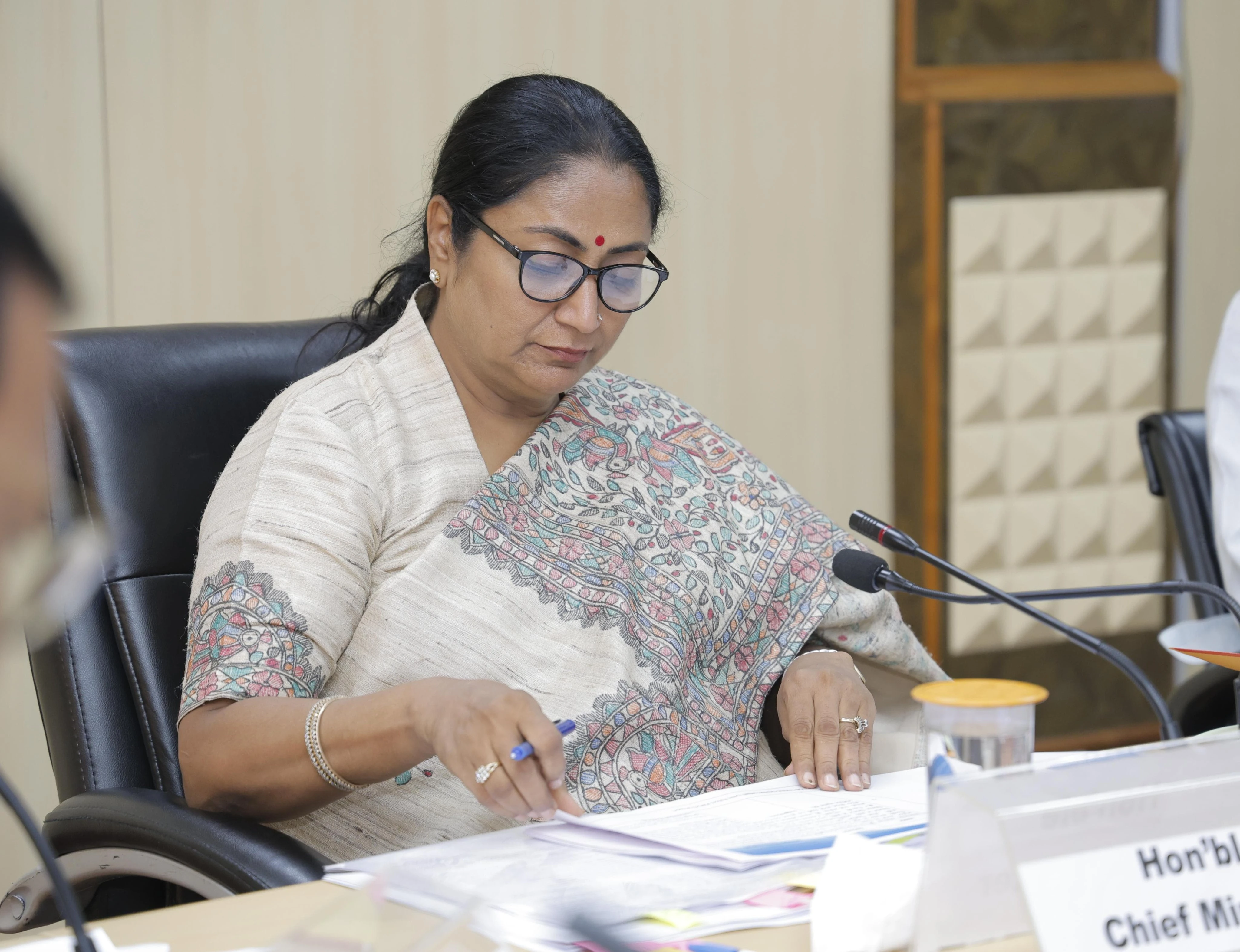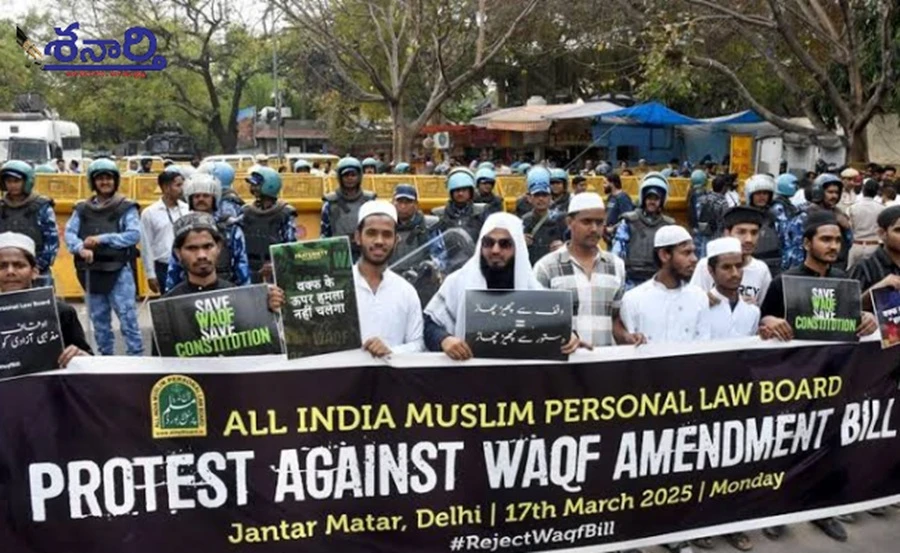Nashik, Maharashtra A video circulating on Indian social media channels about the dire water scarcity gripping the Nashik district in Maharashtra has garnered attention for its dramatic depiction of the extreme lengths people go to in search of water.
Women from Borichivari, a tribal village in Peth taluka, were seen descending into a steep well, holding onto a rope at great personal risk to fetch water.
The women in this village walk nearly 2.5 km daily to collect water. Reports indicate that in some villages in the region, women trudge more than 7 km for water.
The video reinforces the proverbial plight of women in rural India, widely depicted in films and media coverage.
Mohsin Ibrahim Mulla from the Earth Journalism Network has written a detailed report on the water crisis burdening malnourished tribal women in Maharashtra:
"Water is of paramount importance in the tribal regions of Maharashtra. Women in these areas trek several kilometers each day to procure water, especially between January and May. Since the responsibility of fetching water predominantly falls on women, they bear the brunt of the ongoing droughts in the state. This scenario is mirrored across regions such as Shahapur in Thane, Tryambakeshwar in Nashik, and Mokhada in Palghar. Adding to the concern is the fact that many of these women are already malnourished or grappling with health issues like anemia."
Recent Heatwave
The recent heatwave in the district has pushed temperatures beyond 40°C, leading to rapid evaporation and a decline in dam water storage levels to 38 per cent of total capacity. Although this is 9 per cent more than last year, the district administration faces the challenge of ensuring an adequate water supply until the end of June amid increasing daily demand and consumption.
A civic strategy aimed at mitigating water scarcity by deploying tankers to villages and settlements in five talukas of the district has failed to meet its objectives. The district administration has allocated Rs.8.8 crore for 2025 under its scarcity plan, significantly lower than the Rs.18.3 crore set aside for the previous summer.
Protests Over Water Crisis
Following the severe water crisis, farmers under the Elgar Workers’ Organization launched strong protests. They alleged corruption in the implementation of water supply schemes under the Jal Jeevan Mission, leaving many areas without drinking water.
After discussions with officials, protesters agreed to temporarily suspend their agitation. Among their demands are:
- A probe into the implementation of water schemes
- Inclusion of excluded tribal hamlets in relief efforts
- Blacklisting of negligent contractors
Groundwater Depletion at Critical Levels
According to a World Bank study, groundwater is being extracted far faster than it is replenished, putting 60 per cent of India’s districts at risk of critical depletion within the next two decades.
Another study of Indian districts indicates that groundwater in 60 per cent of them is either already depleted, contaminated, or both.
Dr. Veena Srinivasan, Director of the Centre for Social and Environmental Innovation at the Ashoka Trust for Research in Ecology and the Environment (ATREE), draws attention to the plight of villagers and farmers, closely linked to India's groundwater crisis.
"Approximately 700 million Indians living in villages depend on groundwater for their daily needs, with 85% of rural households relying on groundwater, compared to 45% in cities," she notes.
"This should be another wake-up call for India to take its groundwater situation much more seriously. It is not just a water problem but a livelihood problem. And it is about to get much worse," Srinivasan warns.
Snapshot of India's Water Crisis
India, home to 1.4 billion people—18 per cent of the global population—is expected to reach 1.7 billion by 2050. However, it has access to only 4 per cent of the world’s freshwater resources, and 35 million people lack access to safe drinking water. The country faces extreme water stress, contaminated surface water, and limited access to piped water supplies.
A report by the Stockholm International Water Institute (SIWI) states: "Severe lack of regulation, over-privatization, general neglect, and rampant government corruption have led to multiple generations thirsting for more than just a few drops of hazard-free water."
"Relying solely on monsoon rains without proper irrigation or water management techniques has been a recipe for disaster," the report adds.







